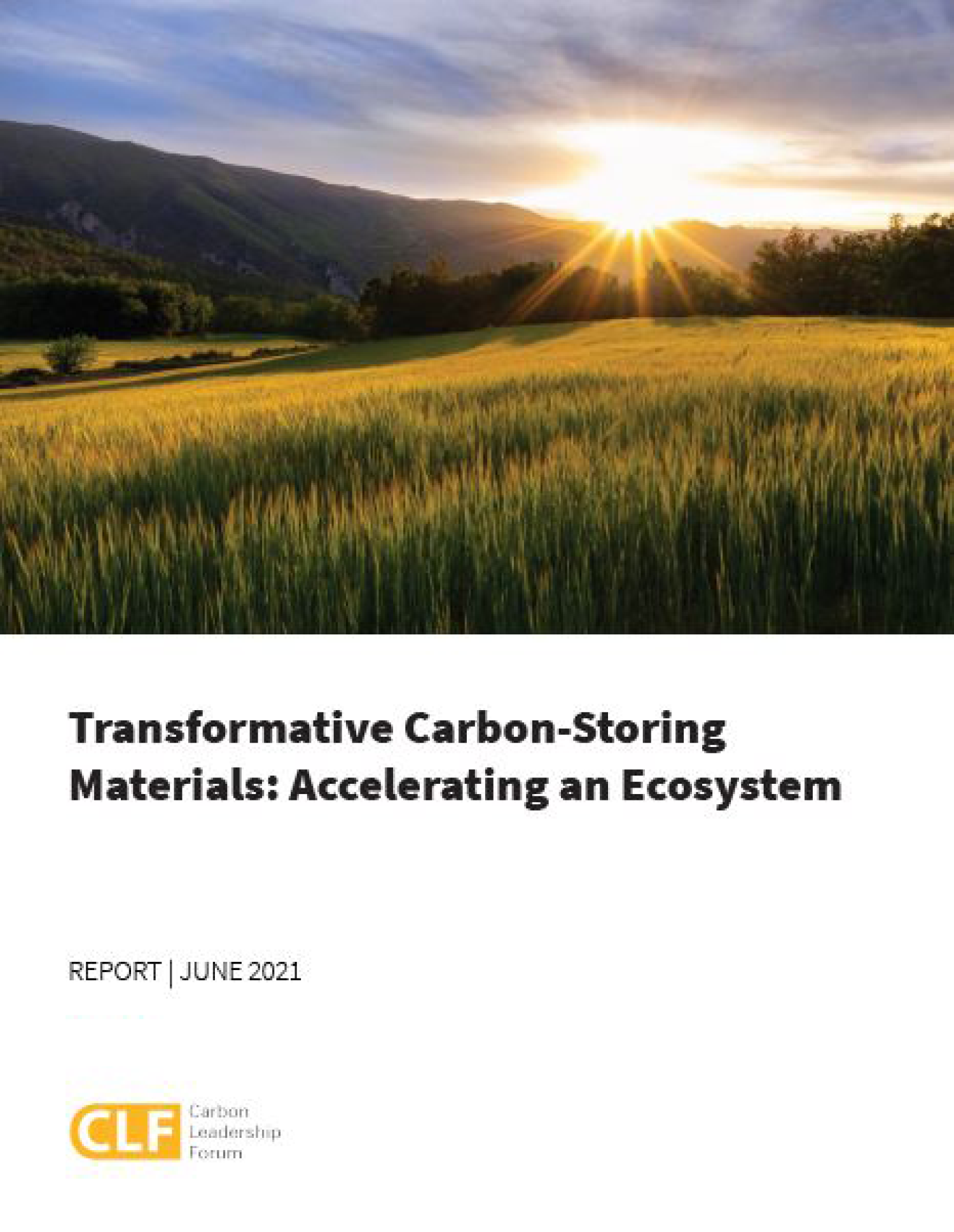Transformative Carbon-Storing Materials report co-authored by Wil Srubar

The Carbon Leadership Forum has published a new report on the potential for meaningful climate impact through materials that serve as carbon sinks. Co-authored by Wil Srubar, an associate professor in the Department of Civil, Environmental and Architectural Engineering at the University of Colorado Boulder, the report, partially funded by Microsoft, highlights ways building construction can use new materials to reduce our carbon footprint and even become "carbon positive."
Below, Srubar shares his insights on the importance of the report and the research on which it is based.
How does this report add to the conversation about climate solutions?
Today, more than 11% of global CO2 emissions are due to the manufacturing building materials, like cement and steel. This report specifically outlines how buildings can become part of the climate solution by using materials that actually store more CO2 than is emitted in its manufacture.
How do new building materials that can function as carbon sinks compare to older materials like traditional concrete?
We’ve been building with materials that store carbon, like wood, for millennia. In addition to wood products, there are a myriad of other materials that can be grown using CO2. New, high-performance building materials from hemp, straw, even algae, are grown using CO2 as a feedstock. Researchers have transformed these materials into durable, drop-in replacements for materials that are already used in buildings.
Wil Srubar
When will people start seeing these new materials used more broadly?
This report is really transformative in that it identifies materials and solutions that are commercially available today. The report is a handbook of sorts for architects and engineers to know what alternatives are available for designing zero-carbon or carbon-storing buildings.
How did Microsoft get involved in this? As a software company, it doesn’t seem like an area where they would have interest.
Microsoft has made very bold commitments to carbon neutrality. Microsoft builds a lot of data centers. In fact, they will be building 50-100 new data centers every year for the foreseeable future. If built using traditional materials, these buildings could further harm the climate. Microsoft has committed to using their data centers as a vehicle for healing the climate instead.
What are you most excited about in this report?
Personally, I am most excited about the ways in which algae will help transform buildings into carbon sinks. Algae are more efficient than trees, straw, and hemp at sequestering and storing CO2. This reports highlights a few emerging, high-performance building material technologies based on algae. Many of these are coming out of my lab at CU. If we can lock-up and store that CO2 for decades—even centuries—in long-lasting building products, it will have a tremendous benefit to the climate.


